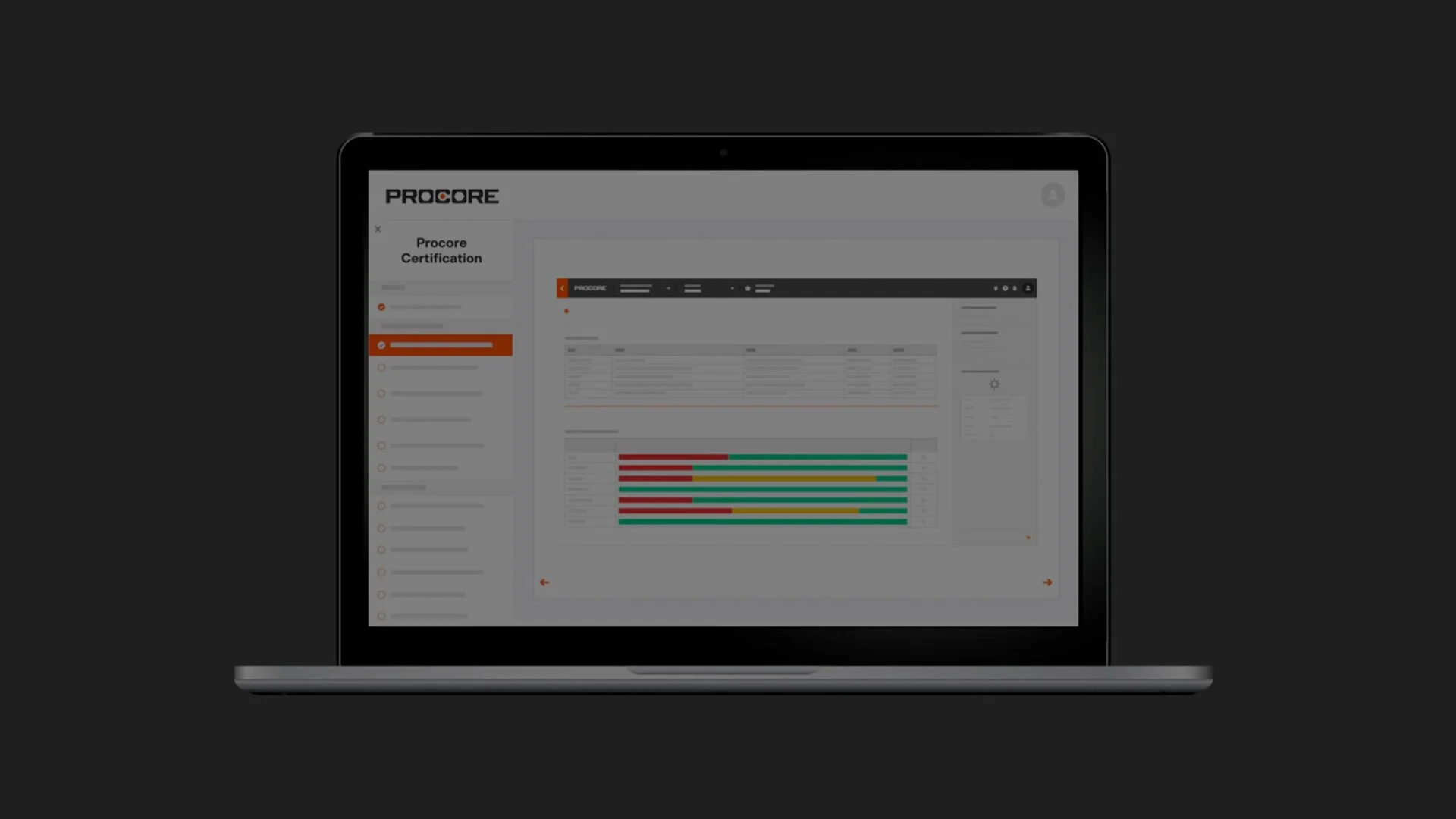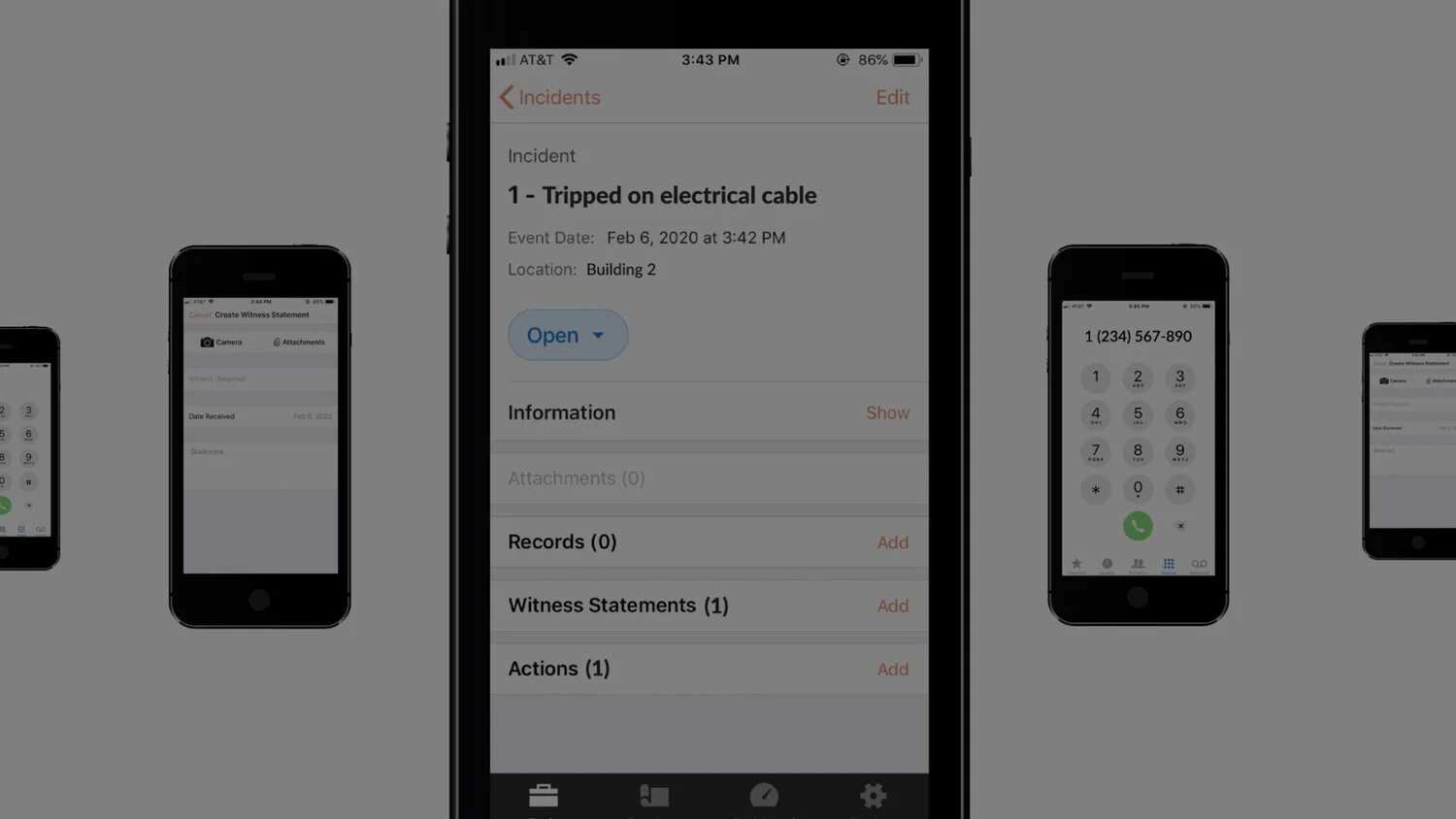← Back to The Holdsworth Center Cover Letter
Script Writing
View examples of scripts I’ve written for the videos I’ve produced.
“Premiere Support” promo script
[PROBLEM STATEMENT]
When you contact Procore support, you’ll be connected with one of the many talented support reps ready to help you. BUT... you reach a different person every time, and they don’t know your account personally.
[SOLUTION]
With Procore’s Premier Support, you gain access to a dedicated team that act as your trusted advisors—they know your specific history, goals, and pain points, so they can quickly assist you with your business in mind and help you manage your Procore account the way you want.
[DETAILS]
Our team is not only experienced with Procore, but also with some of the world’s largest customers, so we understand construction issues and best practices at scale. It's our goal to offer you multiple solutions and be there to collaborate on how your organization can successfully implement them.
As your team’s requests start coming in, we’ll document and review your support cases daily to make sure you’re staying on track. Those insights will also be compiled into a monthly meeting with you to present trends and analytics on how your team is doing, along with recommended action items to help you level up your Procore experience and your employees.
[CALL TO ACTION]
We’re here to ensure that you’re not just using the platform, but you’re using it to its fullest potential. If you’re interested in learning more, reach out to your Procore account executive for more information!
“What is an RFI?” educational script
[INTRO]
Whether you’re in the office or in the field, lots of questions come up during the life-cycle of a project. These questions are often caused by missing information, a conflict between drawings and specifications, or field conditions that differ from the original design.
[EXAMPLES]
A lighting fixture needs to be installed, but the model listed in the specs is no longer being manufactured. What model should be substituted?
While excavating, an unexpected water line is discovered. Should it be relocated or abandoned?
A conference room wall needs to be painted, but no color is listed in the drawings. What color should be chosen?
[DEFINITION]
Each of these questions are answered through an RFI, or “request for information.” An RFI is a documentation tool used to clarify and track questions that come up on a project. RFIs help prevent delays and costly rework, allowing the project to keep moving forward on schedule.
[EXAMPLE IN-DEPTH]
Let’s revisit that conference room wall that needs to be painted and see what a good RFI process looks like. The subcontractor needs to know what color to paint the wall because it wasn’t listed in the drawings. In order to move forward, they will submit an RFI to the GC that asks, “What color should the wall be painted in the conference room? It wasn’t listed in the drawings.” Since the GC didn’t create the drawings, they will pass along the question to the design team. The design team decides on Cabana green, which they send back to the GC. The GC will distribute the official response to the subcontractor, which means they can confidently move forward with painting the walls Cabana green.
In this example, the sub understood that they needed direction before proceeding and issued the question, the GC understood that the sub was relying on them for a clear and expedient answer, and the design team understood that it was their responsibility to clarify something that was missing in the documents they created. All parties knew what was expected of them during the RFI process, which allowed them to move through the process quickly and accurately. And now they have documentation that can retell the story later about what was decided and who gave that final answer if they ever need to go back for reference.
[THINGS TO NOTE]
The RFI process can seem simple: a question is sent, and an answer is received. However, there are a few things to keep in mind.
The completeness of the question being asked is very important. Including the context, like the location and origin of why it’s being asked, makes it easier for someone to understand and answer. It will also help prevent an incomplete answer (or no answer at all).
Another thing to note is that there are many ways to handle RFIs, and every company will follow a slightly different workflow. But, the most important thing is that each company’s workflow is well-defined, and easy for everyone to understand and follow. That way, when new team members are brought on, RFIs will still be handled consistently across the company and be easy to track.
[CONCLUSION]
There are so many moving pieces on a project, and a lot of the work has to happen in a specific order. If that painting sub didn’t get an answer quickly about the color, they would’ve had to wait. Then, the next crew that has to install the carpet would’ve been delayed, and so would the crew after them. One delay can quickly spiral out into multiple delays, which means the schedule will be pushed out, money will be wasted on more labor hours, and construction will be rushed, compromising the quality of the structures.
So... a lot of things can be negatively impacted when there isn’t an effective RFI process in place. But, having an RFI process that is well-defined and understood by everyone involved can help avoid these issues. Give context, and ask questions in the most complete way possible. That way, it’s easy to get the clarity and direction needed to move forward without errors, so the project can stay on schedule and under budget.
“Procore Certification” promo script
[INTRO]
Whether you’re new to Procore or just need a refresher, our online Certification Program will give you the in-depth understanding you need to help you master the software.
[DETAILS]
Since we know everyone uses Procore differently, our courses are role based, so your training is specific to you and the tasks you’ll need to perform.
Find the course that’s relevant to you, register, and gain access to training videos, in-app simulations, and quizzes, all organized by tool. You can leave and return to the course at your own pace, and even follow along in Procore if you’d like.
Once you pass the final exam, you’re awarded a Procore-Certified certificate, which you can proudly display on LinkedIn.
[CALL TO ACTION]
Someone is Procore-Certified every 6 minutes. Visit learn.procore.com to get your certification today.
“Incidents Tool” explainer script
[PROBLEM QUESTION]
When an incident occurs, how are your teams enabled to document what’s important, notify critical stakeholders, and learn from the event - in order to mitigate similar events in the future?
[SOLUTION]
Procore’s Incidents tool is mobile, built for the field, and makes documenting incidents approachable and intuitive.
[DETAILS]
After an incident occurs, you’ll have the means to log first-on-site information, attach important documents and photos, log witness statements (in audio form if you want), add corrective and preventive actions, and -- dependent on the severity of the incident, automatically send alerts to notify appropriate groups or individuals about the event, prompting them to view, contribute to the report - or notify necessary 3rd parties to streamline the process.
Capture what’s important to your business and streamline your reporting by making fields required, optional, or hiding them altogether. And by choosing what appears in drop-downs, you can make it easy for teams to participate, standardize your data, and better identify trends.
[CONCLUSION]
Use other Procore tools, like the Observations, Inspections, and Forms tool to create a safety program that operates holistically across operations. These tools, together with the Incidents tool, gives your company the ability to contribute to a safer environment and better prevent incidents from happening in the future.



